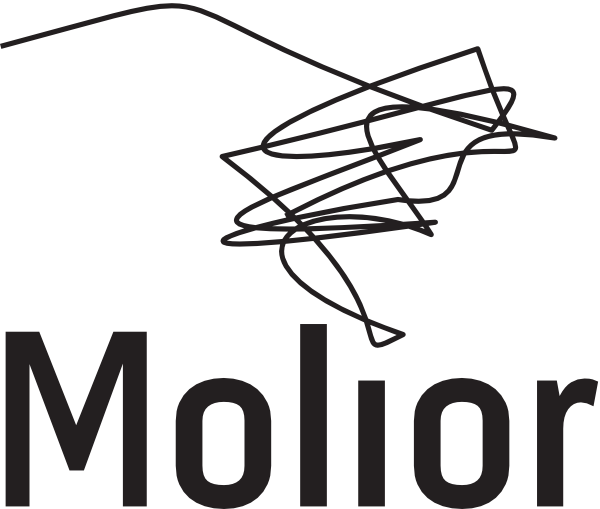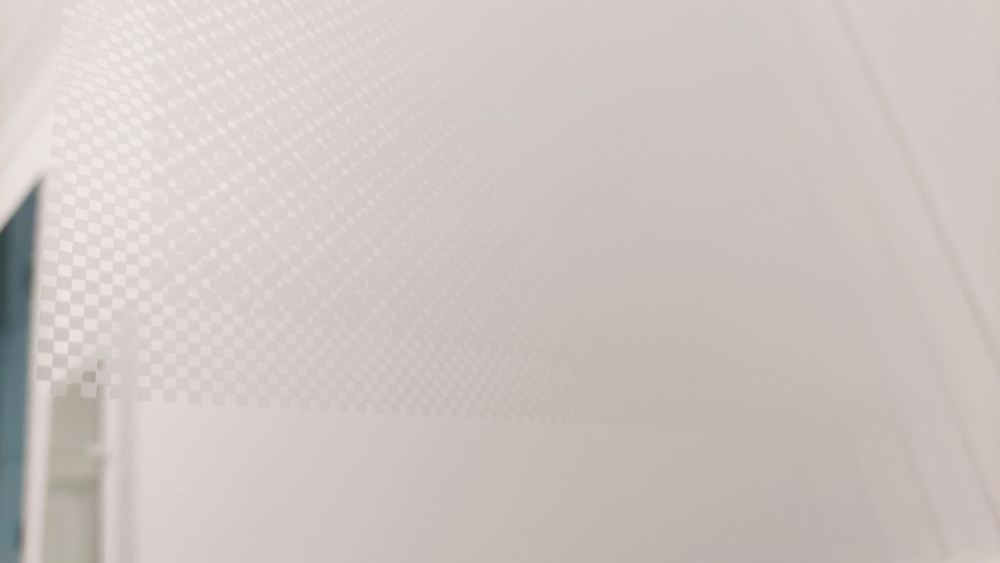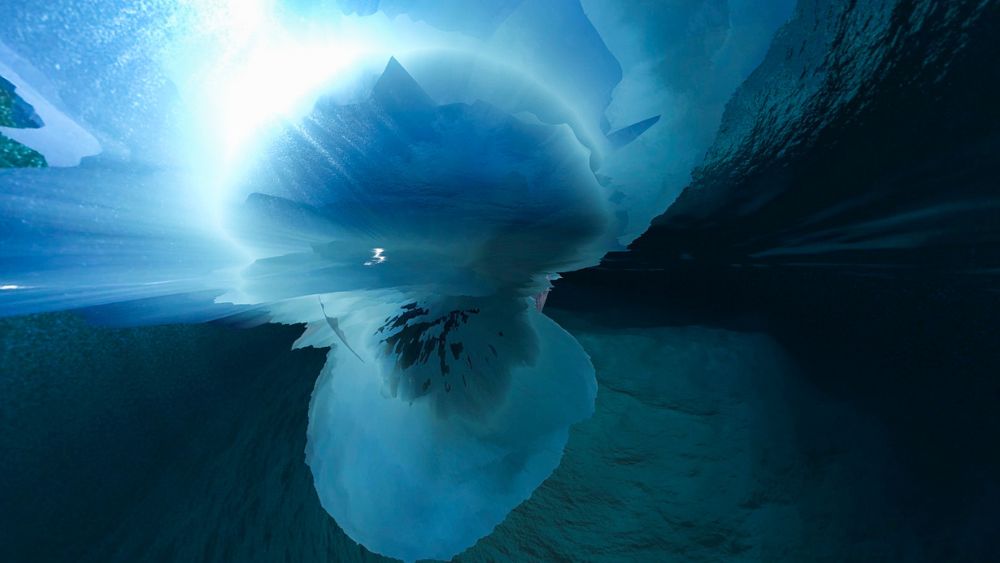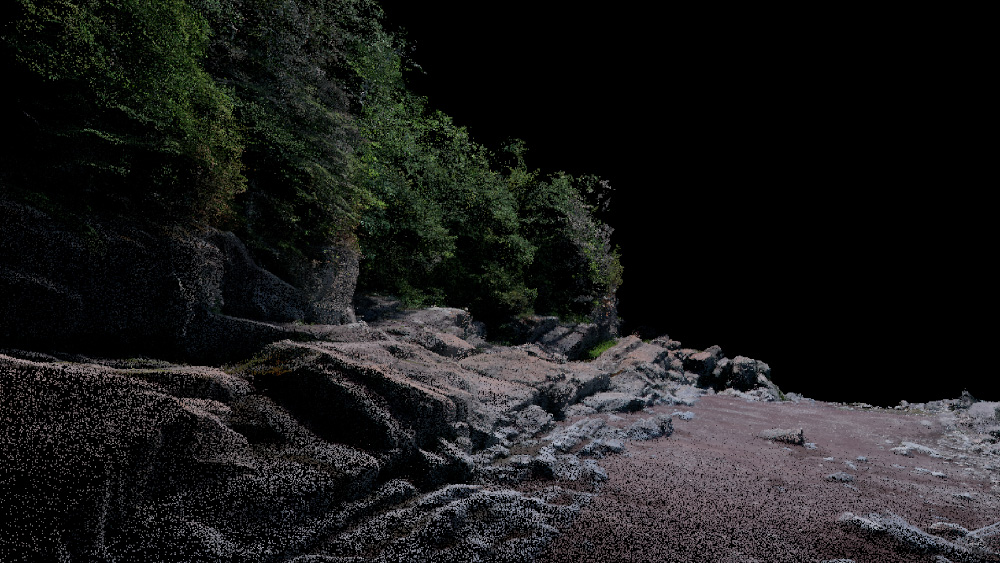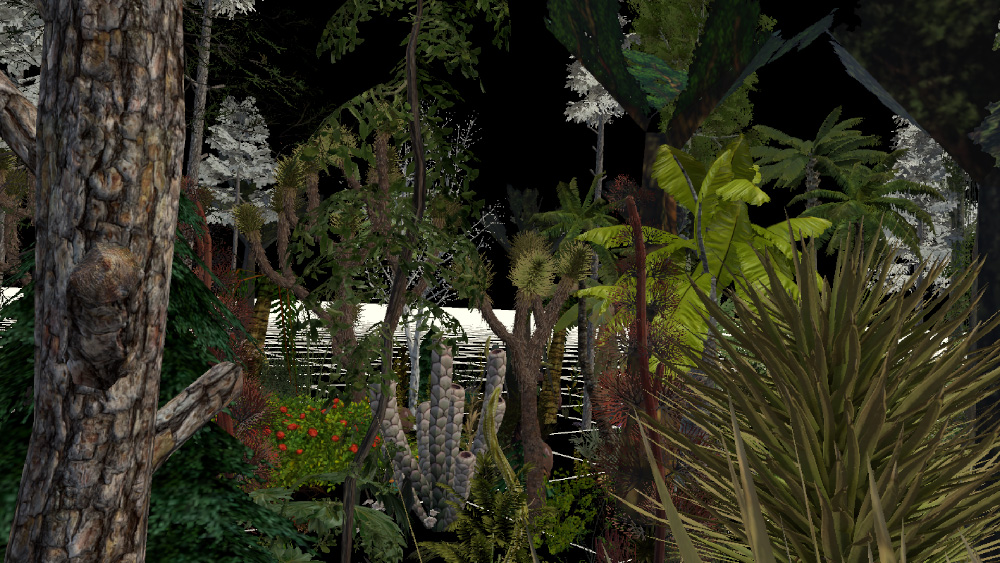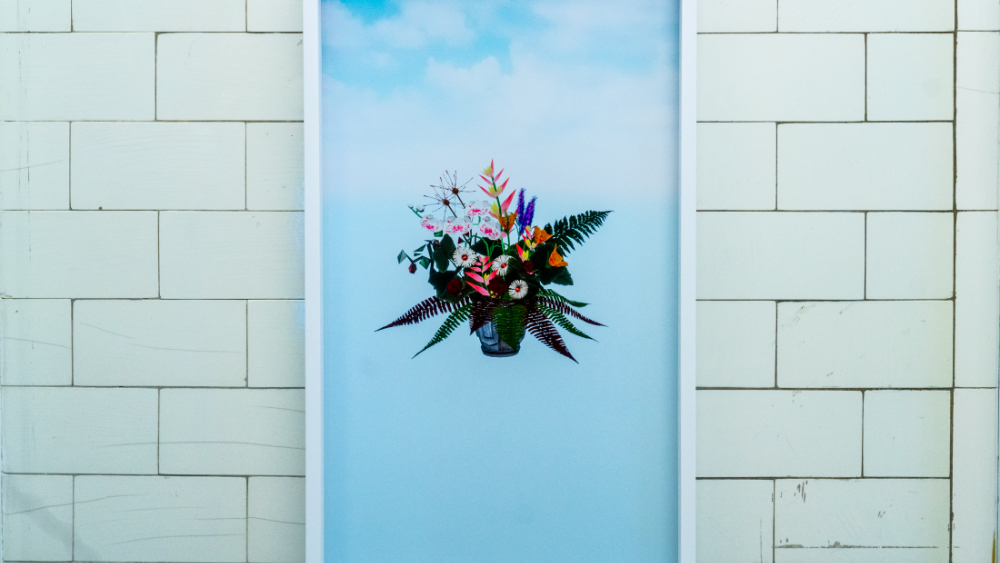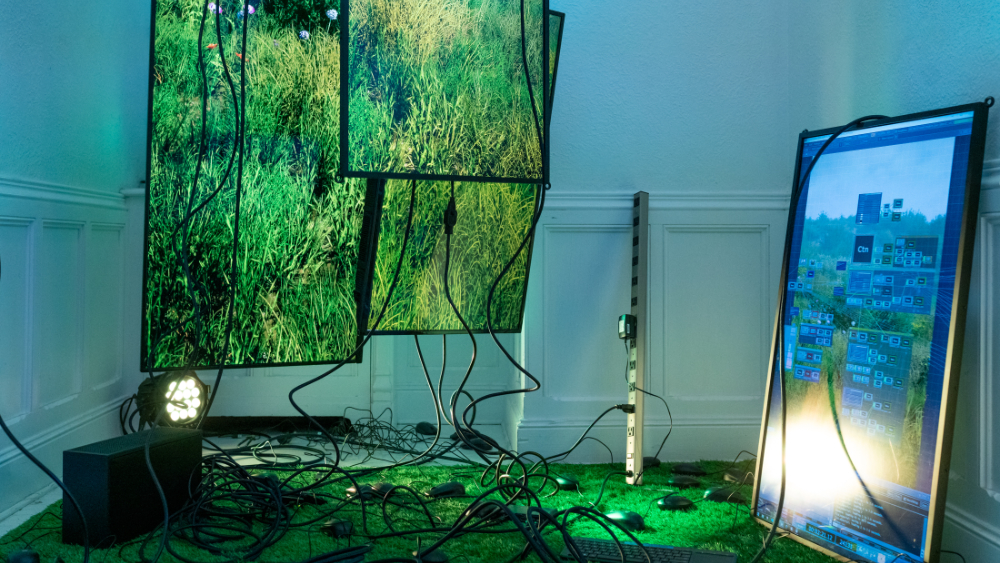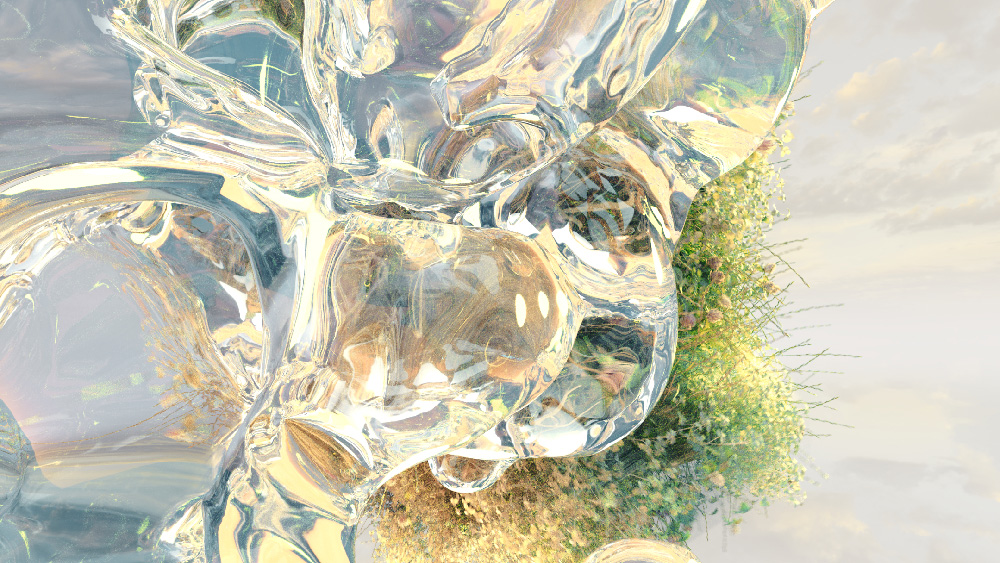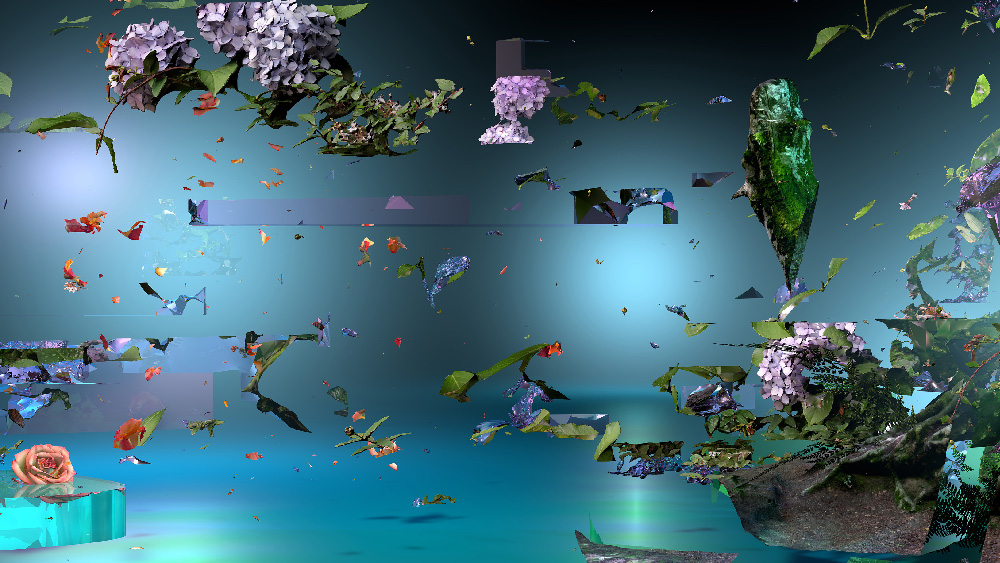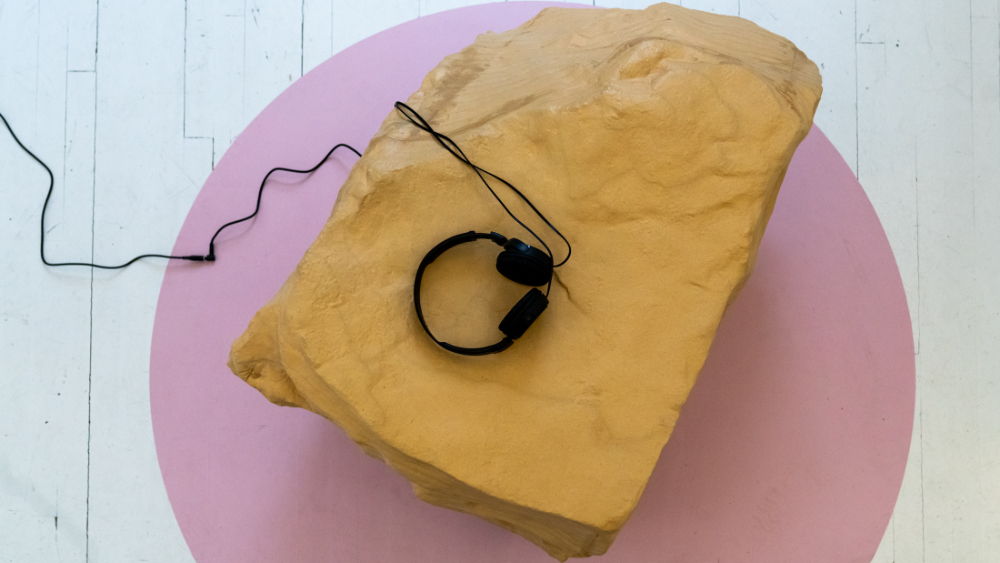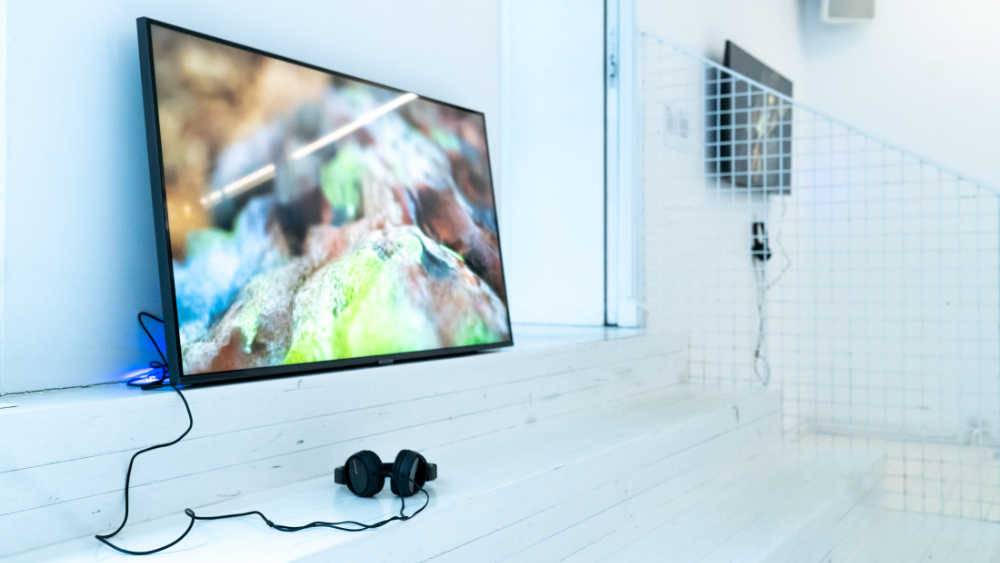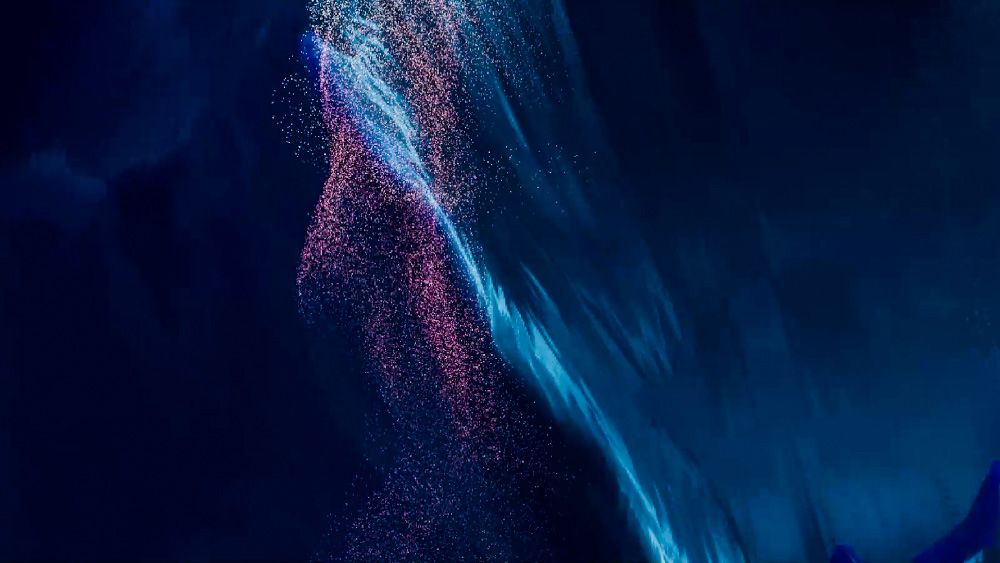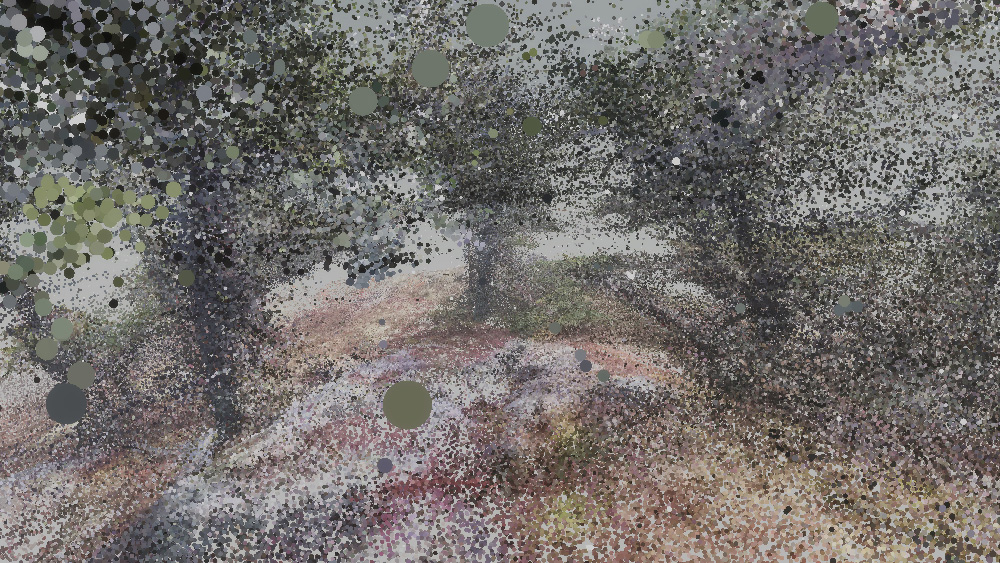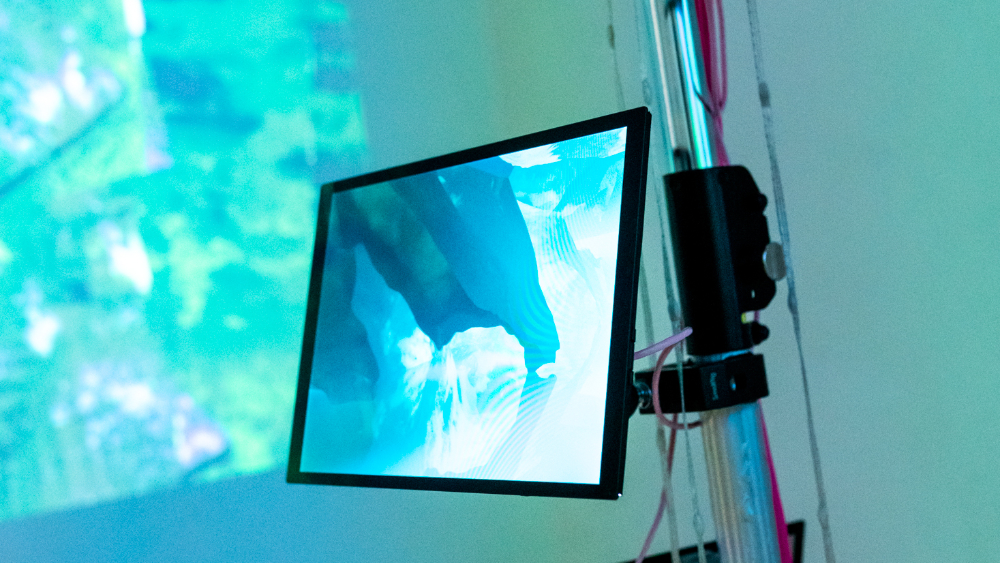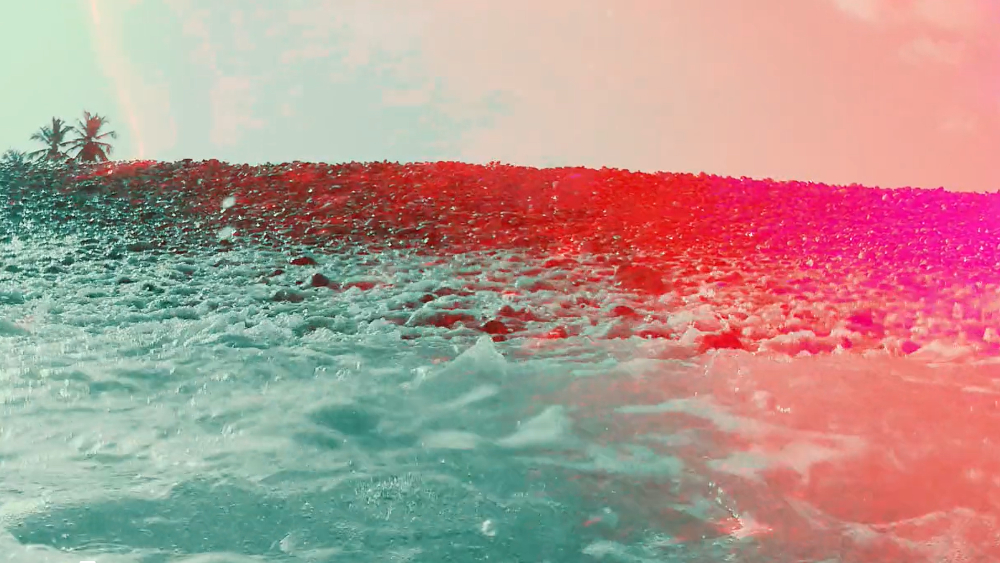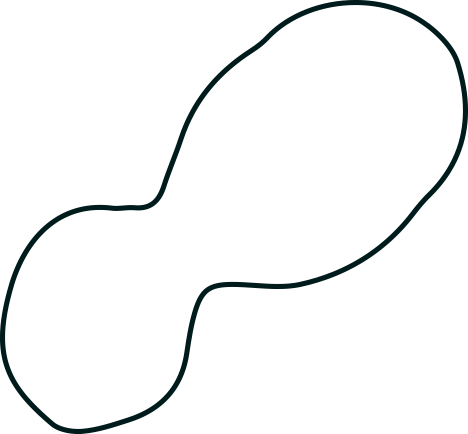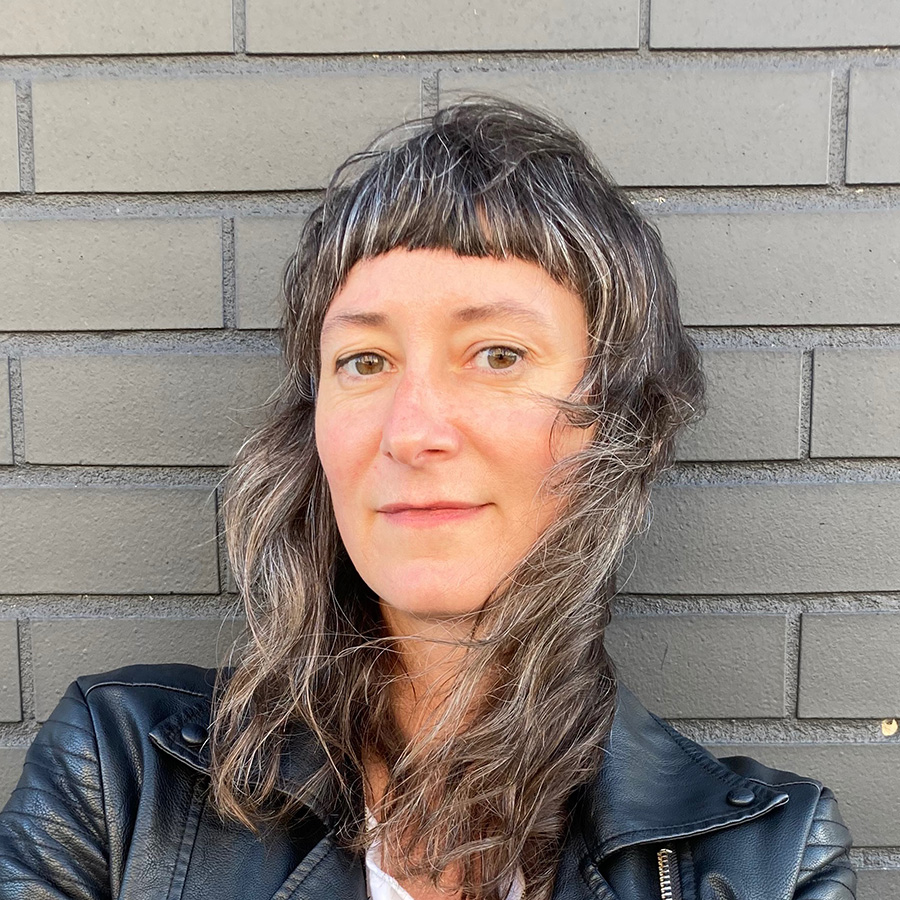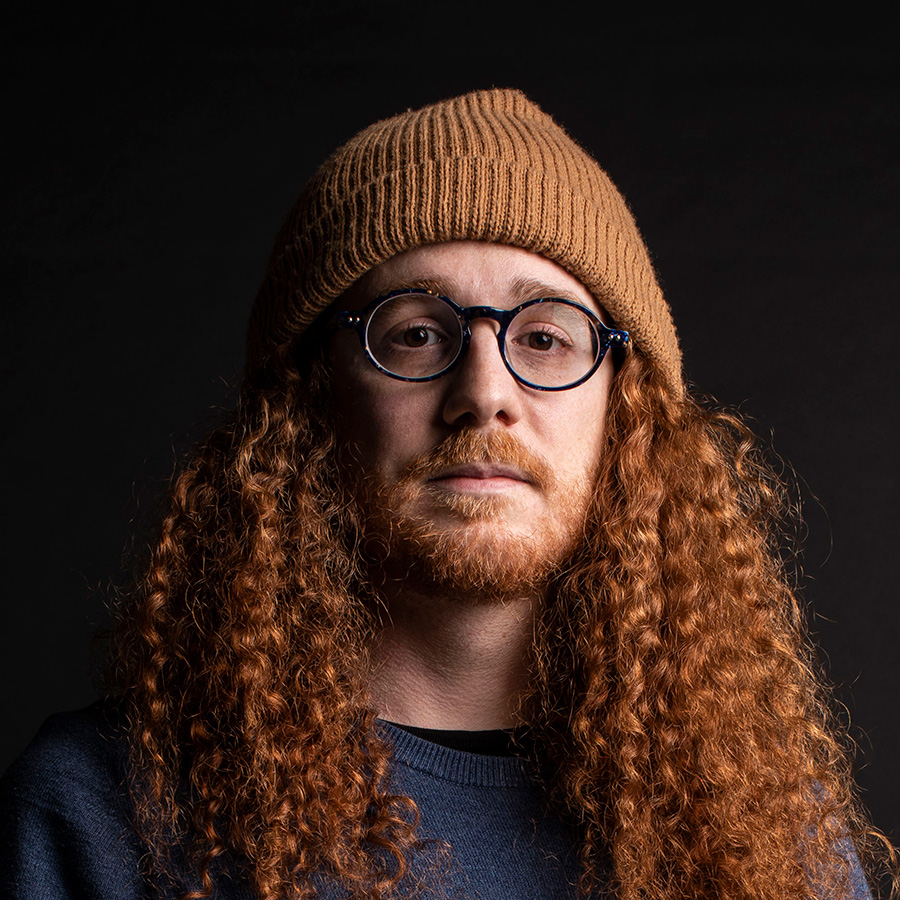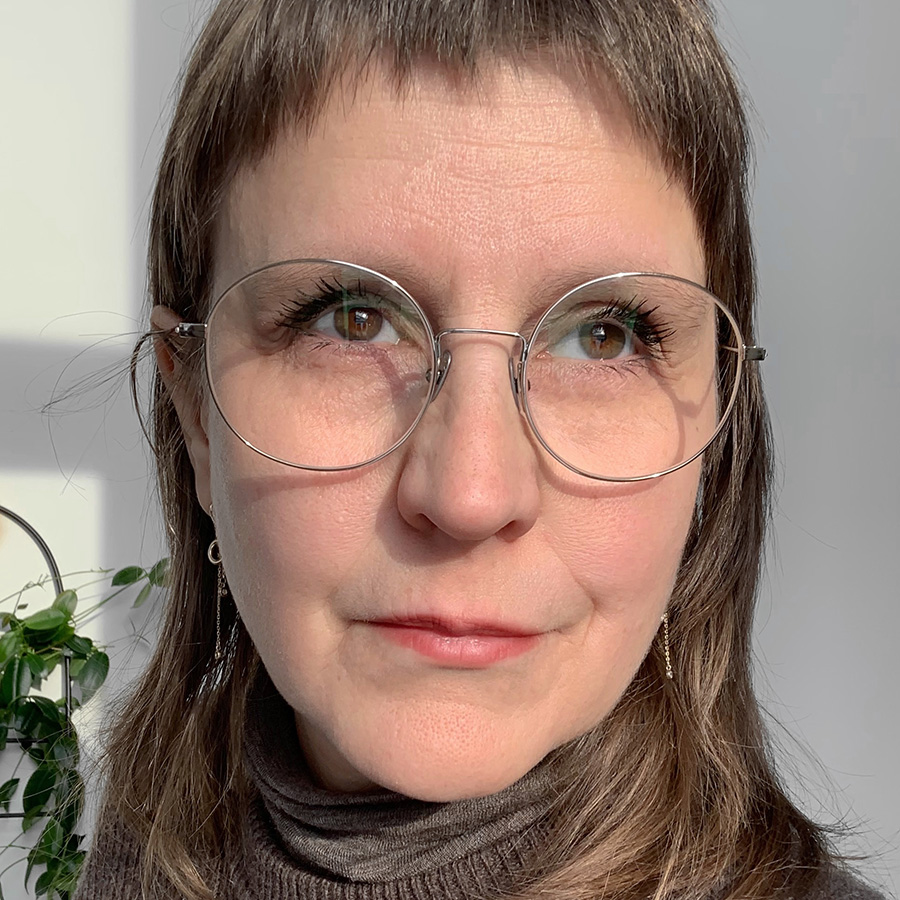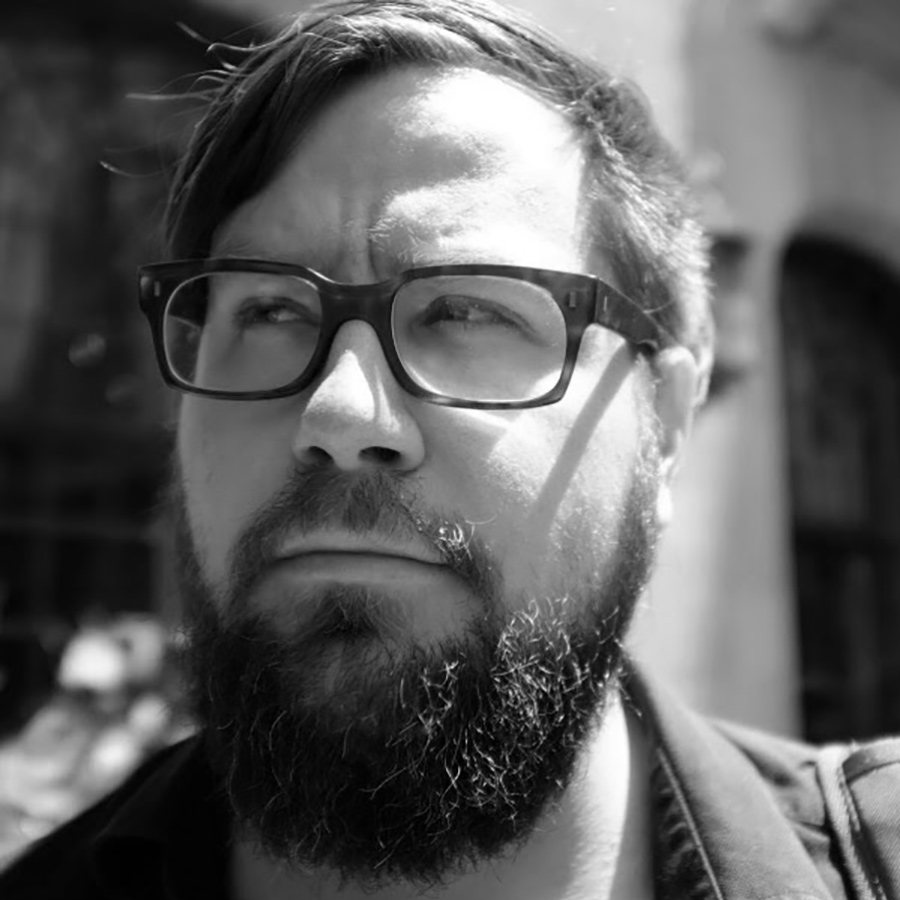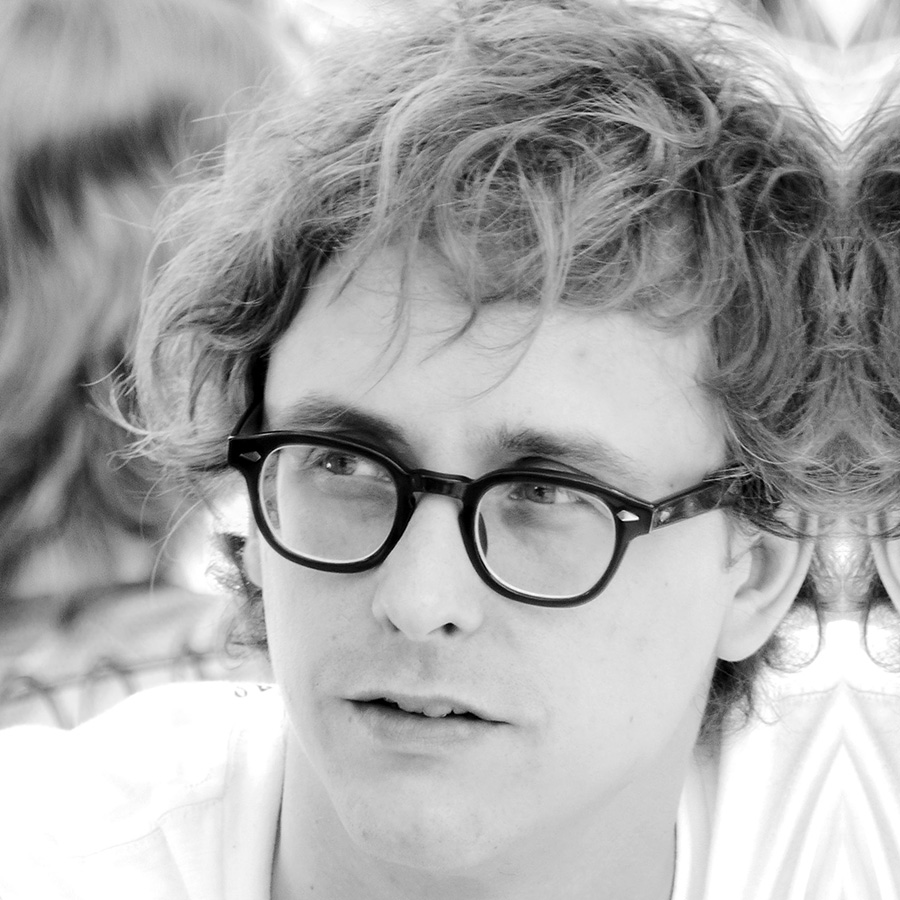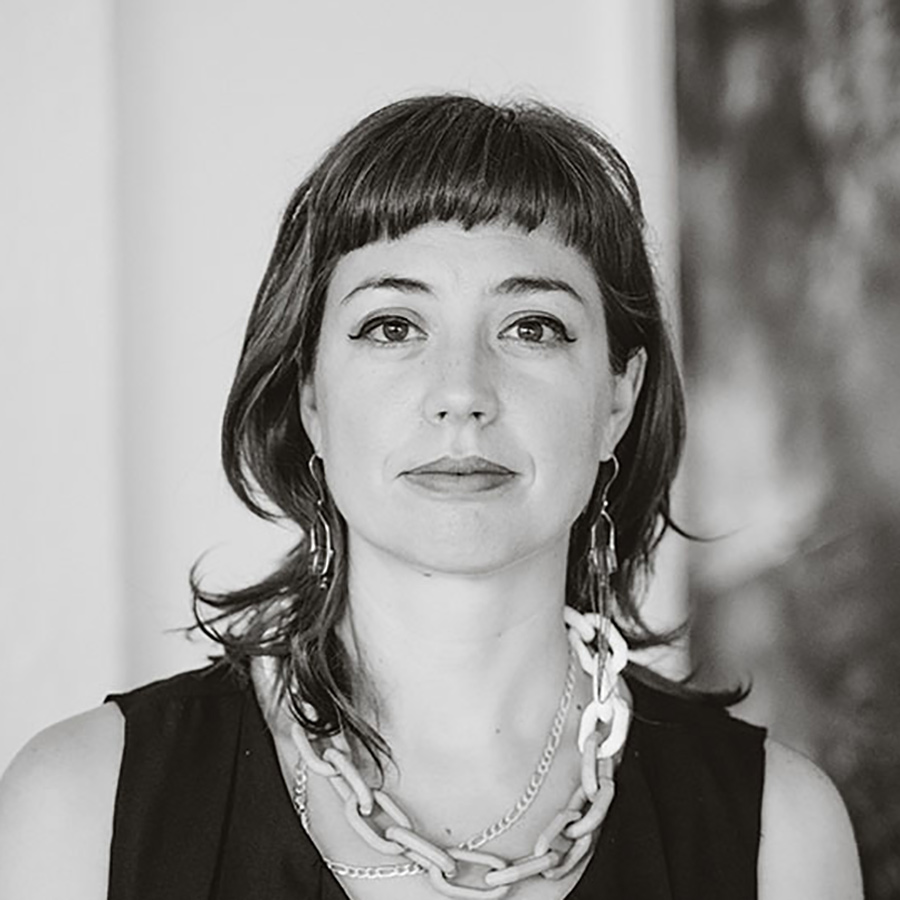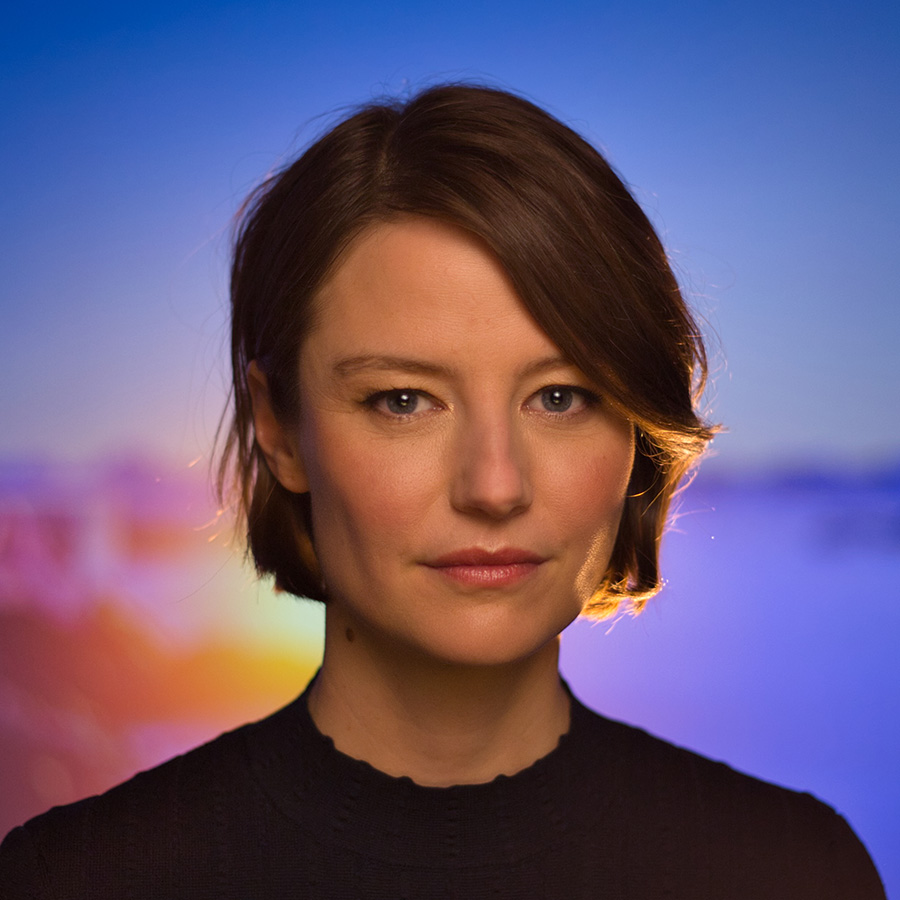Laurent Lévesque 
2023
Mirror, glass, engraving, laser.
Both a common object and a material, the mirror occupies a singular status in our relational ecology to reality. Its reflection power is also one of doubling and thus of representation. To look at oneself in the reflection of a mirror, to turn one’s eyes on oneself, is also a way to seize what is at once present inside and perceivable from the outside: an idea of oneself which can cross the surface while also being inscribed upon it. Self 1 uses the grey and white checkerboard pattern of the “digital void”—usually associated with Photoshop software—etched on a transparent glass surface, which is superimposed as if floating on a mirror background. The polished glass checkerboard thus filters a partial reflection, where fragments of clarity and opacity hybridize, while suggesting that it is possible to make the invisible visible on this surface. With its 16:9 ratio, which is the official international high-definition digital format—the HD with its promise of a heightened visibility—the work notably questions what the digital universe does to our perception of identity, and the effect of producing an excess, or, on the contrary, a deficit of self-knowledge, thereby contributing to how we define ourselves.

